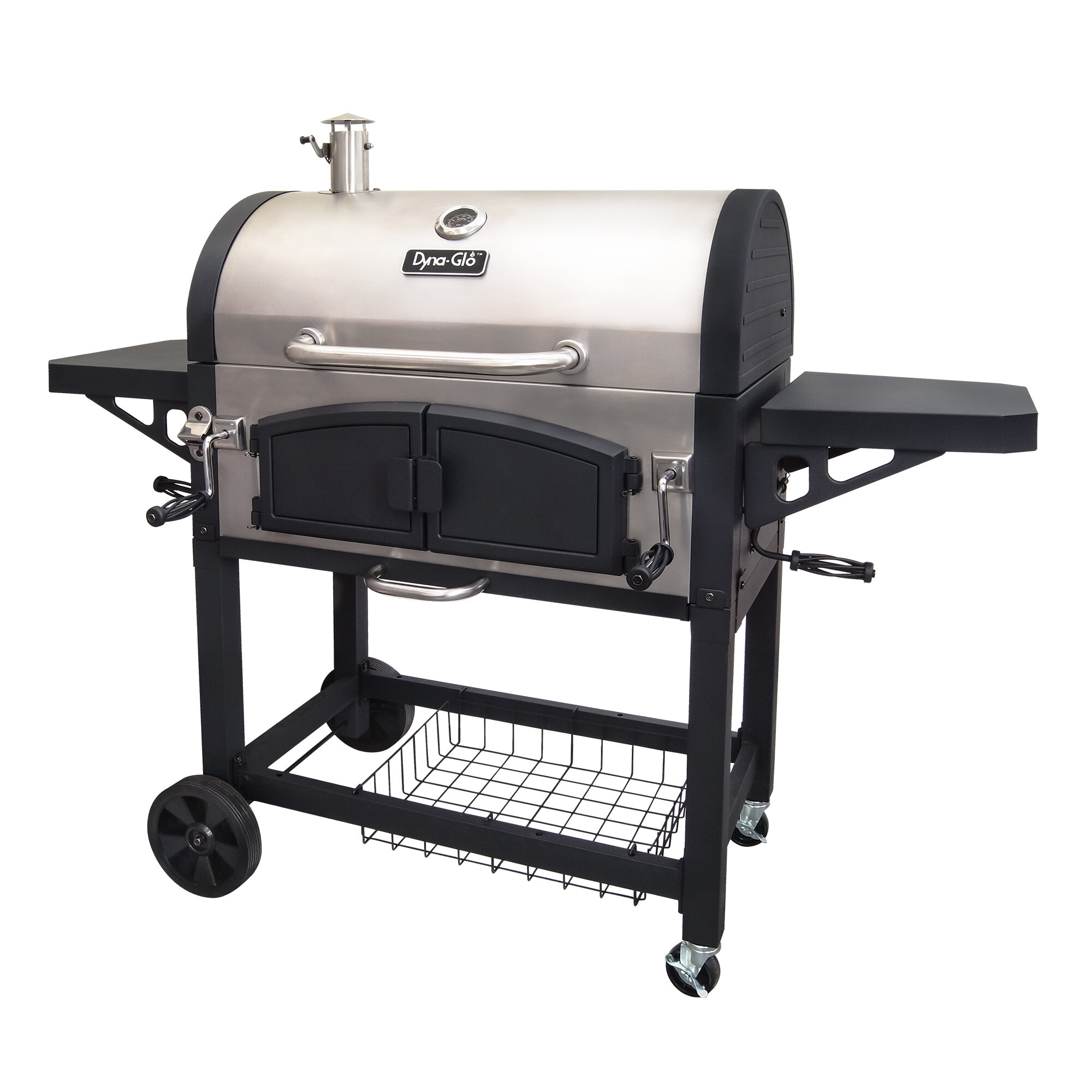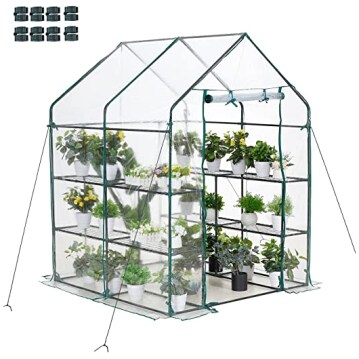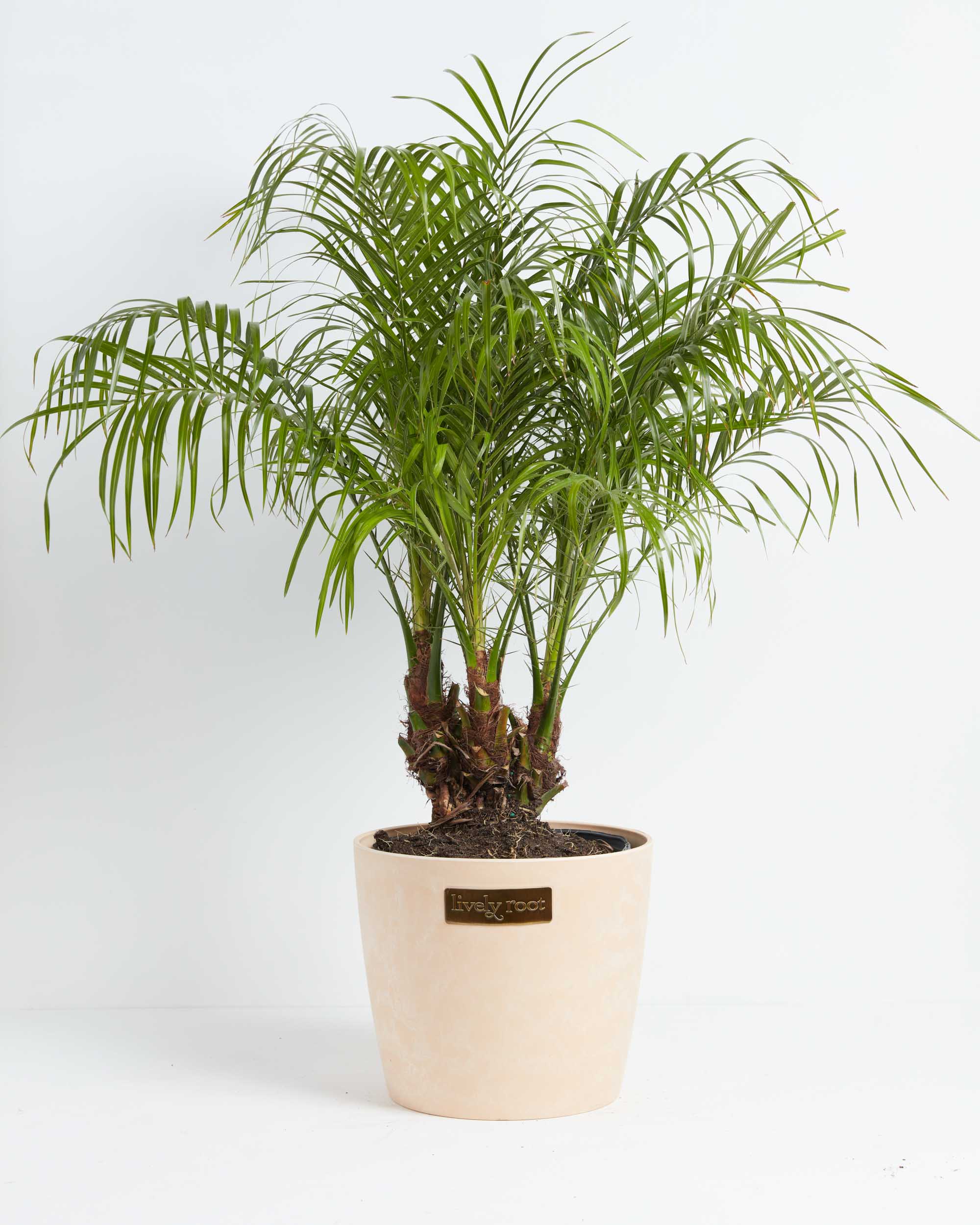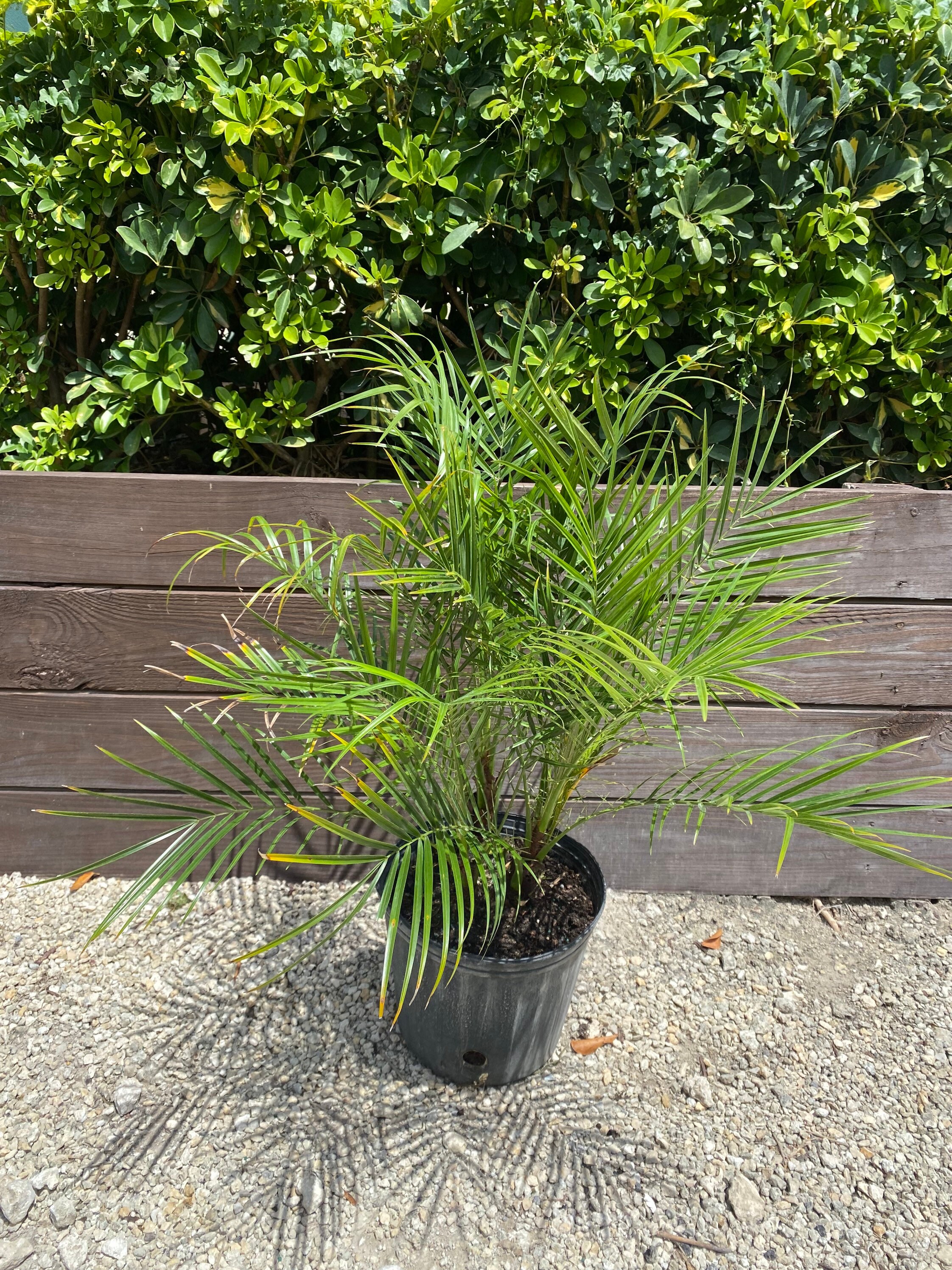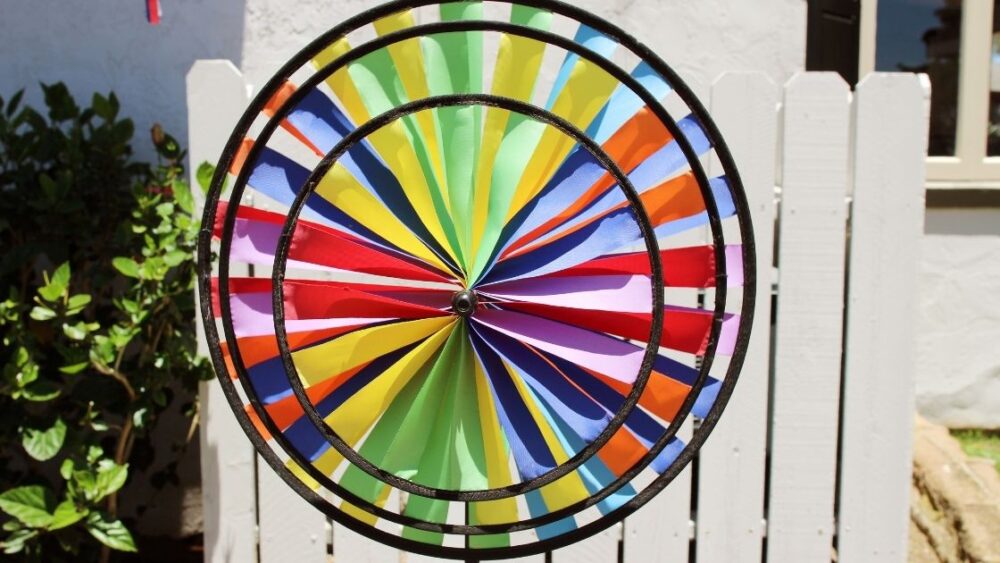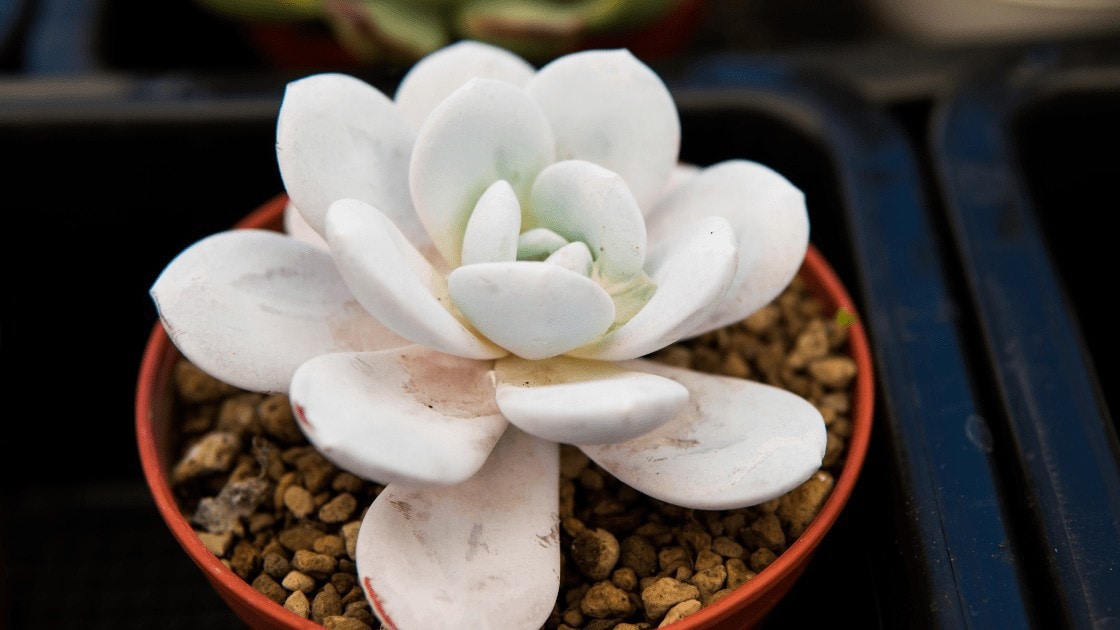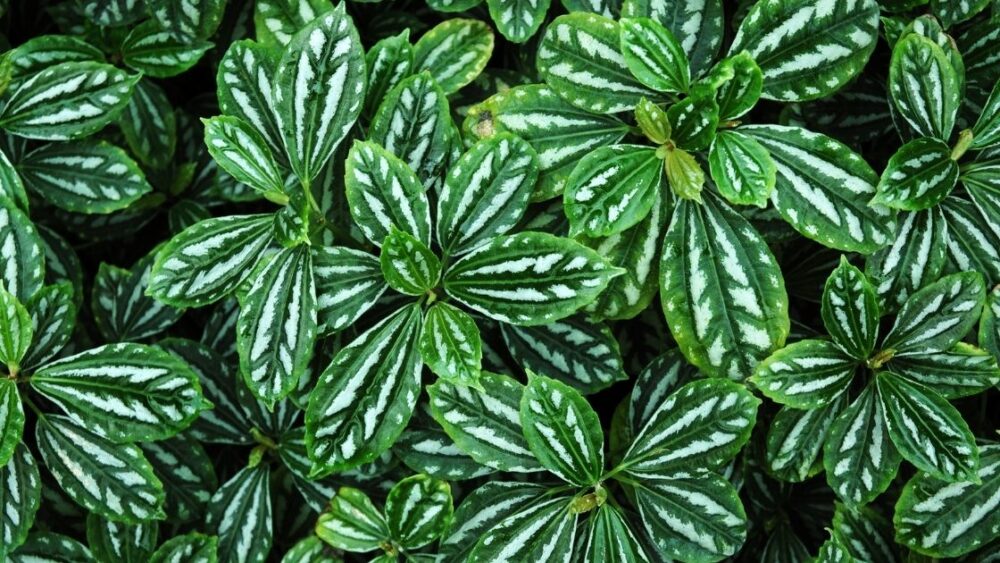
The Phoenix palm is one of the world’s oldest cultivated plants, having been farmed for thousands of years. Their native origin is the Canary Islands, where they thrive under conditions that make them quite durable and easy to care for and can in different varieties. In this article, we will discuss how to care for Phoenix palms and also give an overview of other variety types. If this interest you, read on.
Other Common Types of Phoenix Palm Varieties

The pygmy and wild date palms are common Phoenix palms found in indoor nurseries. But only the pygmy date palm can thrive best in a home environment.
The mature palm trees of this species rarely reach a height of more than six feet, are slow to grow, and are hardy enough to survive in most interior conditions. It’s usual for pygmy date palms to be cultivated with three seedlings in the same pot, creating multi-trunk palms with three arching stems and elegant, dark green, feathery fronds at the end. Its leaves are much like Kentia Palms, but Phoenix foliage is narrower and daintier.
Browse our Affiliate Products
The sharp spines of Phoenix palms are perhaps the strongest argument against their indoor cultivation. Their stems and leaf ribs are armed with long, sharp, and robust spines that can easily puncture the skin.
If your interested in majesty palms, check out this article. Majesty Palm: (Care and Common Problems)
Are Phoenix Palms Hard To Grow?
Phoenix palm requires little maintenance, making it a great indoor houseplant. Because of their slow growth, these palms don’t need to be repotted very often, and in fact, they thrive significantly better when they are slightly constrained in their growing space.
The luxuriant pineapple palm tree, also known as Phoenix canariensis, grows until it forms a trunk. This tree requires very little upkeep. According to the Urban Forest Ecosystems Institute, after then, it will continue to grow by an additional 12 to 24 inches on an annual basis.
Do Phoenix Palms Do Good In Pots?
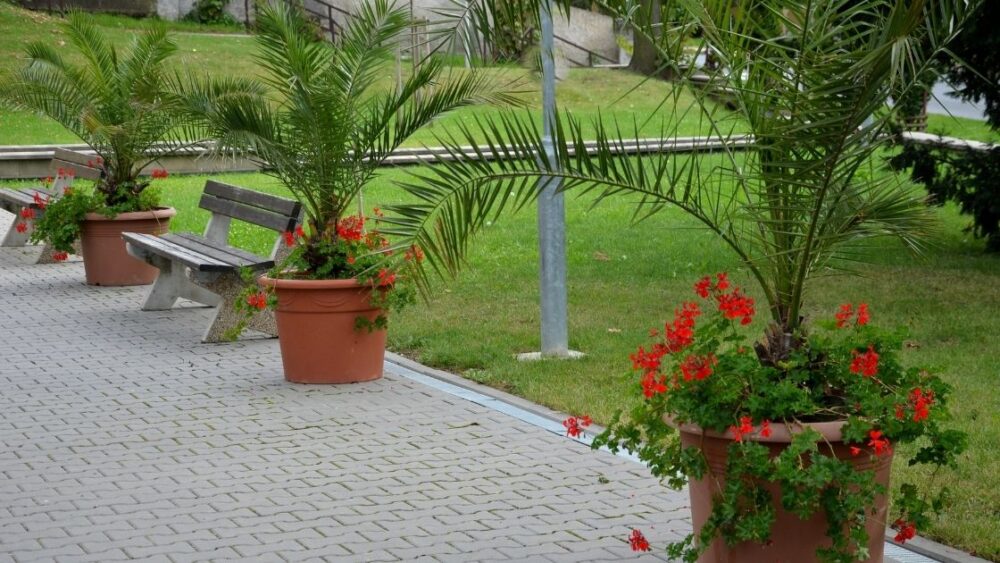
This palm does very well when grown in pots, often resulting in the plant’s development being much more contained. Container plants often do best when grown in soil-based potting mix in full sun, with some afternoon shade to protect them from the sun’s hottest rays. You should move the plant into a large pot to hold it while allowing room for more development.
In most cases, a container more prominent than the one used is sufficient. As long as the potting soil has adequate drainage, you can use virtually any potting mix successfully.
If your interested in pots and planters check out our affiliate category here: Planters and Pots
Caring For Phoenix Palm
The phoenix palm’s beautiful, bushy growth makes it popular as a home plant. The spines on the stems and the tall arching fronds resemble those of a cactus. If you have a little space, you don’t have to be concerned about this variety outgrowing it.
Your home can breathe easier with Phoenix palms as they are air purifying plants. In addition to formaldehyde, benzene, and carbon monoxide, they filter out many dangerous toxins.
The plant does not require much care, but it does need proper fertilizer, sunlight, water, humidity, etc.
- Common Name: The common name of Phoenix Palm is Canary Island date palm.
- Scientific Name: The Phoenix Palm, also known as Phoenix canariensis, is known by its scientific name.
- Growth Cycle: The Phoenix Palm is a woody perennial plant. The slow growth of this palm means that it may only reach a height of 10 feet in its first 15 years, despite its large stature. The crown of erect arching palmate leaves adorns the tree’s trunk, which gently stretches to a width of 20-40 feet. If you live in a place where it doesn’t freeze, you can grow this palm. They’ll grow three to ten inches a year outdoors in an appropriate climate, but indoors, they’ll grow much slower. Although they can grow as high as eight feet, it can take them a long time.
- Sunlight Effect: A little direct sunlight is fine with Phoenix palms, but they prefer intense, diffused light from a filtered source. Place in a spot with morning or evening sun for brilliant indirect lighting.
- Watering: Keep your phoenix palm compost moist but not soggy. When the earth begins to feel dry at the top, use only a tiny amount of water. Water is not tolerated for palm trees and may cause root rot if the soil is left moist for an extended period. In the summer, when your palm is expanding, you should increase the amount of water you give it. Drain any extra water from your plant’s decorative pot if it is in a tray. Your palm will perform better if you keep it a little on the dry side rather than overwatering.
- Adult Size: One cannot deny that the Phoenix Palm has a renowned RHS Award of Garden Merit. When confined to a container, its height is limited to 5 feet. In glasshouse boundaries, this palm can grow to a height of 16 feet (five meters) and a spread of 10 feet (three meters).
- Planting Zones: Suitable for wintering in USDA Zones 9-11, this date palm grows well when planted in full sun and has good soils with medium moisture content. He’s okay with a little bit of mild shade. The fronds of this palm will be severely damaged or even killed if temperatures fall below 20 degrees Fahrenheit in the winter.
- Weather Hardiness: From 41 F to 86 F (-5 C to 30 C) may be tolerated by Phoenix palms, which are hardy indoor plants. Additionally, the palm is accustomed to dry weather, so it doesn’t need to be misted frequently. If you mist your plants, you can continuously mist this species in the summer when the temperature rises.
- Propagation Of Phoenix Palm: The home gardener is unlikely to accomplish much propagation with date palms because they are raised from seed. Know that date seeds have a unique germination pattern, known as “remote germination,” when you find one. Soil a short distance away from actual seeds indicates that date palm seedlings will grow. Germination might take several weeks, even when seeds are placed shallowly.
- Toxicity Of Phoenix Palm: The Phoenix palm belongs to the same Arecaceae family as the parlor palm, which is non-toxic to animals. However, you may want to keep them out of the reach of curious animals, as they have spines that grow up and down their trunks. Additionally, the pulp of its fruit is edible, but it is not one of the best dates.
- Dormancy: MPD, or morphophysiological dormancy, is the most common type in the palm family because seeds take longer than 30 days to germinate and have underdeveloped embryos.
- Soil: The best place to grow a phoenix palm is in compost, which is rich in nutrients and well-drained. Overly heavy soil mixtures may cause root rot due to excess moisture retention. Add organic matter, perlite, or coarse grit to lighten a heavy potting mix if necessary. Any regular potting mix will work.
- Fertilization For Phoenix Palm: Start regular watering and fertilizing your Phoenix palm in the spring. Midsummer palm fertilizer will help. Small palm palms need a fertilizer with the proper micronutrients. Magnesium or potassium deficiency causes yellowing leaves. Use time-release plant food twice a year. During the plant’s growing season, fertilize once a month using a half-strength liquid fertilizer.
Final Thoughts
The Phoenix Palm is an appreciative plant that performs very little labor and can survive in extremely hot or cold environments. It is also appropriate for use in particular situations in the garden or on the terrace, both of which are places that get frost during the winter months. It takes minimal effort to keep a date palm healthy, making it an excellent option for those new to the gardening world.
However, a newcomer should also be taught about the preferences and the excellent care recommendations for a Phoenix palm. This is because even with a plant that requires so little maintenance as the date palm, many things may go wrong.

